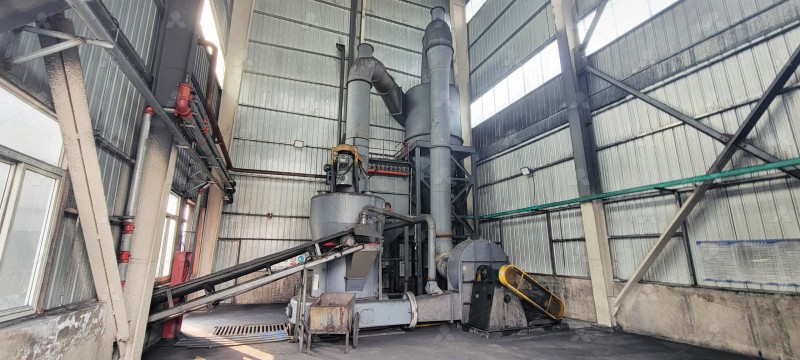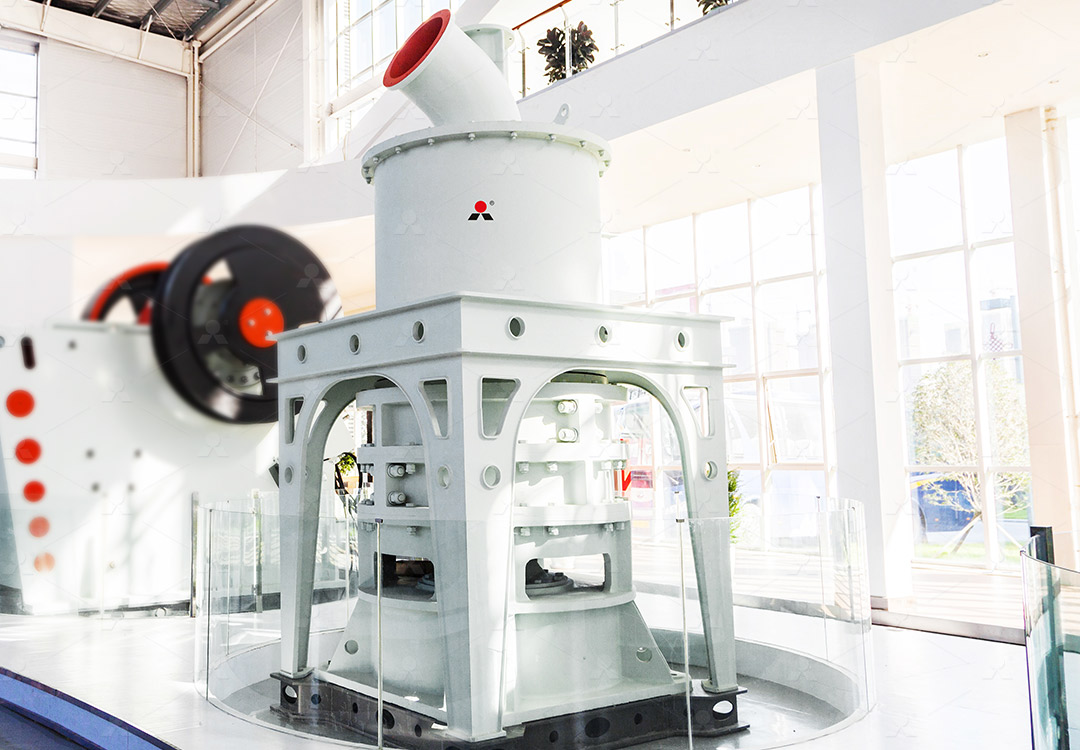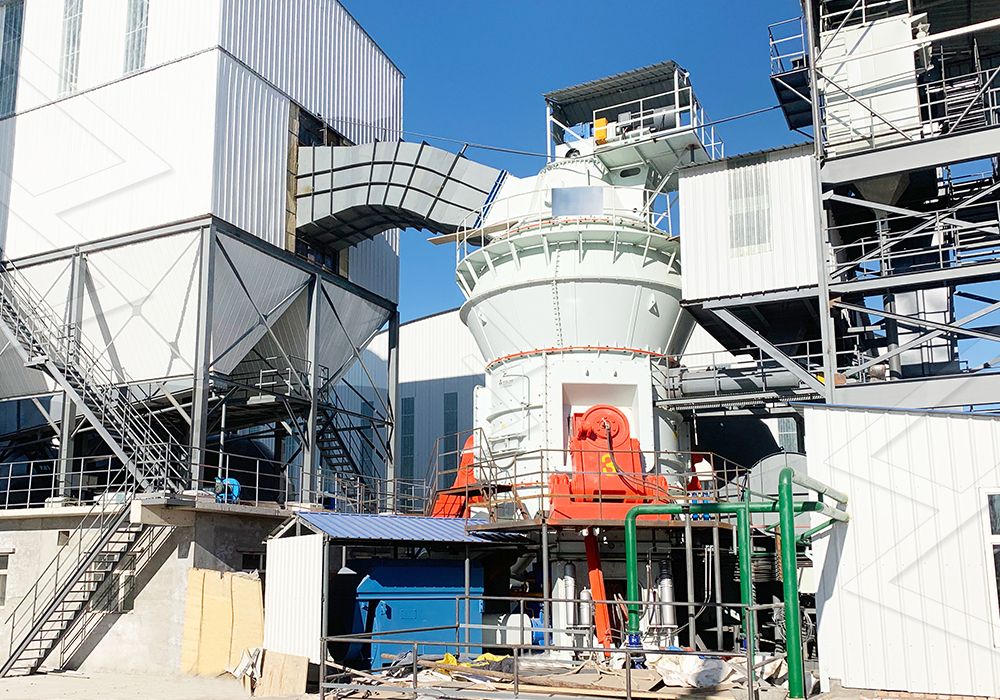How to Choose the Right Mill for Grinding Coal Ash and Slag
How to Choose the Right Mill for Grinding Coal Ash and Slag
Selecting the proper grinding equipment for coal ash and slag processing represents one of the most critical decisions in industrial milling operations. These materials, byproducts of coal combustion and metallurgical processes, present unique challenges that demand specialized milling solutions. The right equipment choice directly impacts production efficiency, product quality, and operational costs.

Key Considerations for Mill Selection
When evaluating mills for coal ash and slag applications, several factors demand careful consideration. Material characteristics including moisture content, hardness, abrasiveness, and required fineness significantly influence equipment selection. Production capacity requirements, energy consumption targets, and space constraints further narrow the field of suitable options.
Traditional ball mills, while versatile, often prove inefficient for fine grinding applications due to high energy consumption and limited fineness control. Raymond mills offer improved efficiency for coarser materials but may struggle with the ultra-fine specifications increasingly demanded by modern applications.
Advanced Milling Solutions
The evolution of grinding technology has introduced specialized vertical mills and ultra-fine grinding systems specifically engineered for challenging materials like coal ash and slag. These advanced systems integrate multiple processes—crushing, drying, grinding, classifying, and conveying—into single, compact units that deliver superior performance with reduced operational complexity.
For operations requiring ultra-fine powder production, the MW Ultrafine Grinding Mill represents a technological breakthrough. Engineered for customers needing to produce ultra-fine powder from 325 to 2500 meshes, this machine handles input sizes up to 20 mm with capacities ranging from 0.5 to 25 tph. Its innovative design eliminates rolling bearings and screws within the grinding chamber, eliminating concerns about bearing damage or loose screws causing machine failure. The external lubrication system enables continuous 24-hour operation without shutdowns for maintenance.

Environmental and Operational Advantages
Modern grinding equipment must address environmental concerns while maintaining operational efficiency. The MW Ultrafine Grinding Mill incorporates an efficient pulse dust collector and muffler system that minimizes dust and noise emissions, ensuring compliance with stringent environmental standards. The cage-type powder selector, utilizing German technology, provides precise powder separation with screening rates achieving d97≤5μm in a single pass.
Compared to conventional jet mills and ball mills, the MW system demonstrates remarkable efficiency improvements—production capacity increases of 40% over jet mills and double the output of ball mills, while system energy consumption drops to just 30% of jet mill requirements.
Application-Specific Recommendations
For operations processing both coal ash and slag, the versatility of modern vertical grinding mills proves particularly valuable. The integration of drying capabilities within the grinding process eliminates the need for separate drying equipment, reducing both capital investment and operational complexity.
When ultra-fine specifications are paramount, the precision control offered by the MW Ultrafine Grinding Mill’s multi-head cage-type powder selector enables operators to fine-tune product characteristics according to specific application requirements. The digital processing of core components ensures high machining precision, while comprehensive spare parts support guarantees worry-free operation.

Frequently Asked Questions
What fineness range can the MW Ultrafine Grinding Mill achieve?
The MW Ultrafine Grinding Mill produces powder ranging from 325 to 2500 meshes, with screening rates achieving d97≤5μm in a single pass, making it ideal for high-value applications requiring precise particle size control.
How does the energy consumption compare to traditional grinding systems?
The MW system consumes only 30% of the energy required by jet mills while delivering 40% higher production capacity. Compared to ball mills, it provides twice the output with significantly reduced energy requirements.
What maintenance advantages does the MW Ultrafine Grinding Mill offer?
With no rolling bearings or screws in the grinding chamber and external lubrication capabilities, the mill enables continuous 24-hour operation without shutdowns for maintenance. The design eliminates common failure points associated with traditional grinding systems.
Can the mill handle variations in material moisture content?
While the MW Ultrafine Grinding Mill excels with dry materials, integrated systems can be configured with pre-drying capabilities for materials with higher moisture content, ensuring consistent performance across varying feed conditions.
What environmental features are incorporated?
The system includes efficient pulse dust collection, noise reduction technology through mufflers and elimination rooms, and operates fully compliant with national environmental protection standards, making it suitable for environmentally sensitive locations.
